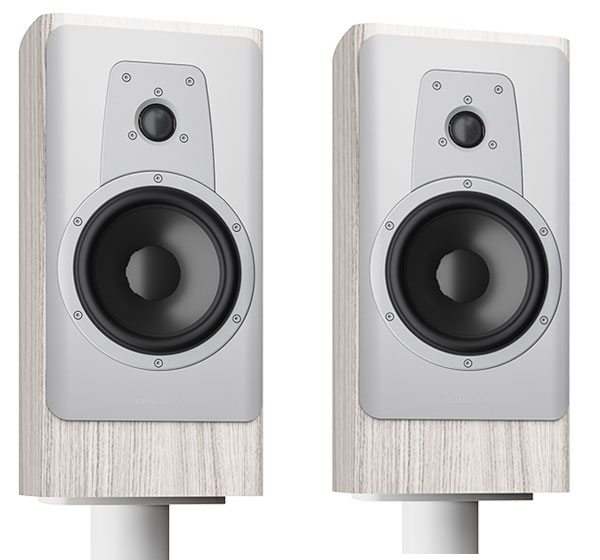| Columns Retired Columns & Blogs |
"Fanatics of "accuracy to the source" fail to realize that an audio system's truthfulness is not something that exists on a scale of less to more—it is always more an opinion than a fact. Accuracy is whatever you think accuracy is. And what is more subjective than that?"
W H A T I N T H E W O R L D ? !
It is really simple, signal goes in, sound goes out. How accurately sound represents the signal? There is nothing "subjective" in it.
Jesus!!!
And no, your amp does not have 400 WPC, it's 400WPC into 4 ohm with 1% THD!
At best it has as much power as a well built 120 WPC amp.

 Setup
Setup









































